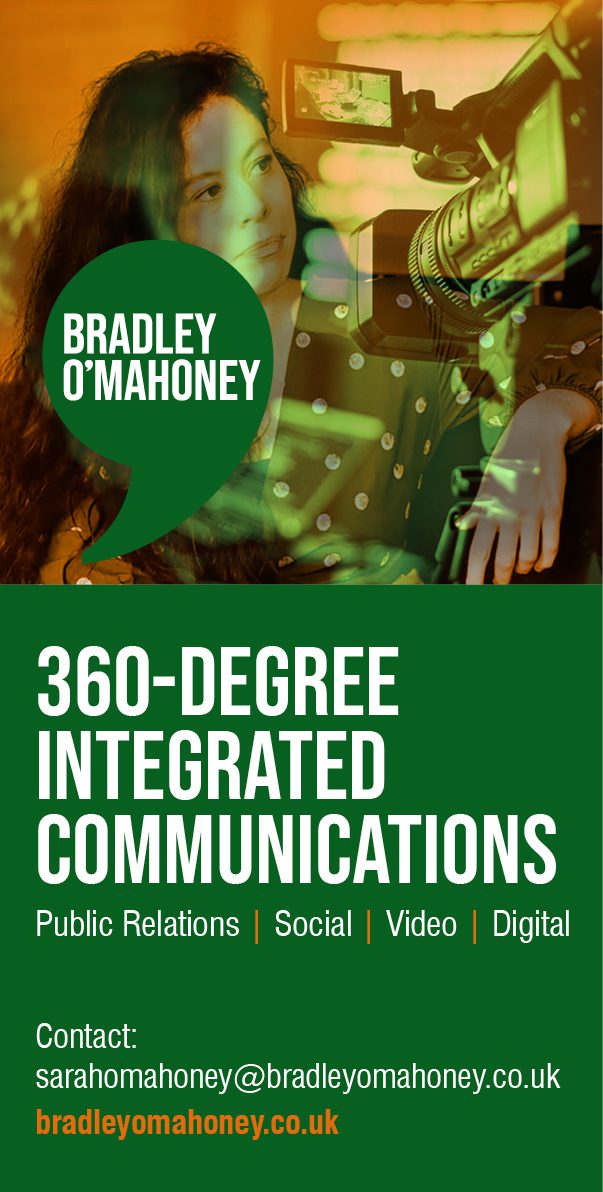By Chris Wildsmith, Partner in Deloitte's financial services practice
The most successful businesses will be those that can meet the demands of today while confidently planning for tomorrow. Effectively balancing opportunity and risk to provide a safe, sustainable and accessible payments ecosystem.
Payments are transforming due to many forces. From market competition and customer expectations, to technology innovation and a changing regulatory landscape, this dynamic environment is creating opportunity but also generating risk.
Money is in a state of fast flux, driven by the ongoing impact of mass digitalisation, the ubiquity of the internet and social media platforms, the rapid disruptions of big tech, fintech and opensource innovators, and the mass proliferation of smartphones and other connected devices.
In the future, money will likely look, feel and behave rather differently than many of us are used to. Though its essential characteristics will remain unchanged, the formats and usability of money are being transformed as it becomes increasingly digital. For example, many transactions will be cheaper and quicker to execute. It will also be possible to attach data to money in ways that enhance its meaning and utility.
So-called ‘smart contracts’ where payments are executed conditionally, will be loaded with contractual details relating to the transaction they exist to settle and, with the right infrastructure in place, will even be able to self-execute when a specific set of rules are met. This could be particularly interesting when considering the time-consuming and fragmented experience of buying a house. Imagine, for example, how much easier buying a house would be without the need for the fee having to be handled manually. Rather, at a preprogrammed time, and assuming all relevant conditions were satisfied, the money would simply ‘pay itself’ into the seller’s account.
The future of digital money is developing now. The next phase of evolution is fraught with a degree of risk. The outcomes that prevail will depend on the degree of trust that users have in different types of coin and in the degree to which regulatory authorities manage and impose controls on the eco-system.
Ultimately, the future of money depends on users. Acceptance and adoption rates will define the success, or otherwise, of digital money.
For consumers and businesses, cost, speed, security and convenience will be critical. For providers and policymakers, the digital future of money will demand an ecosystem that is trusted implicitly by all participants, and robust yet empathetic regulation.
Historical foundations are already shifting. To understand where we are going, we need to understand where we are starting from. Faced with a complex backdrop of interconnected trends, technologies, formats and modes, we engaged with the factors and forces shaping the future of money, considering how these drivers of change would interact over the period leading up to 2035.

